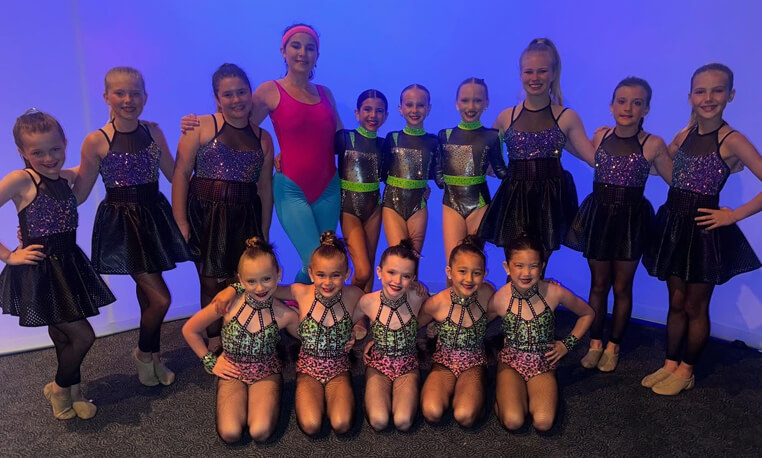At Tapio School of Dance and Gymnastics, we believe in training hard, but we also recognize that rest and recovery are equally important as time spent in the studio. Whether your child is twirling through ballet class or flipping across the gymnastics floor, their growing bodies require proper care to stay strong, prevent injury, and maintain the joy of movement.
Here are some practical, age-appropriate recovery tips for young dancers and gymnasts, along with their supportive parents.
1. Prioritize Sleep—It’s the Ultimate Recovery Tool
Sleep is when the body repairs and grows, especially important for kids in active programs. Children aged 6–13 require 9–11 hours of sleep per night, and teens need 8–10 hours.
Encourage consistent bedtimes, limit screen time before bed, and create a wind-down routine that supports deep rest. You’ll see the difference in both energy and focus during class.
2. Gentle Stretching
When class ends, the goal isn’t to keep drilling—it’s to let the body unwind. Gentle post-practice stretching can help ease soreness, improve flexibility, and aid in relaxation for kids.
Try incorporating:
- Foam rolling (under supervision)
- Yoga poses for kids
- Breathing exercises
Let it be calm and enjoyable, not competitive or rushed.
3. Fuel with Recovery-Boosting Snacks
After a high-energy session, muscles need nutrients to recover. A balanced post-practice snack should include:
- Protein (Greek yogurt, string cheese, nut butter)
- Healthy carbs (fruit, whole grain crackers, smoothies)
- Hydration (water or low-sugar electrolyte drinks)
Avoid sugary snacks or skipping meals altogether—recovery starts with what you put in your body.
4. Teach the Power of Rest Days
For high-performing kids, rest days can feel like a setback. But in reality, they’re a secret weapon. Muscles need rest to grow stronger, and overtraining can lead to burnout, fatigue, or even injury.
Reassure your child that downtime isn’t slacking—it’s smart training. Use rest days for light walks, creative play, or just catching up on books and snuggles.
5. Mental Recovery Matters Too
Classes, competitions, and performances come with pressure, even for young kids. Encourage your dancer or gymnast to:
- Talk about their day
- Celebrate progress, not just perfection
- Take mental breaks from thinking about routines or competitions
This helps maintain their love for dance and gymnastics for the long run.
6. Create a Recovery-Friendly Home Environment
A few small changes at home can support better recovery:
- A clean, quiet space to stretch or rest
- Access to cold packs for sore muscles
- A routine that balances school, activities, and downtime
Even a five-minute stretch session after dinner can make a difference.
Learn More from Tapio School of Dance and Gymnastics
At Tapio School of Dance and Gymnastics, we want every child to feel confident and energized—not just in class, but throughout the day. When rest and recovery become part of their routine, they build healthy habits that serve them for life, not just on the mat or stage, but in everything they do.
If you ever have questions about helping your dancer or gymnast recover safely, our instructors are here to help. Because when we take care of the body, we make more room for passion, growth, and fun. Get in touch today.

